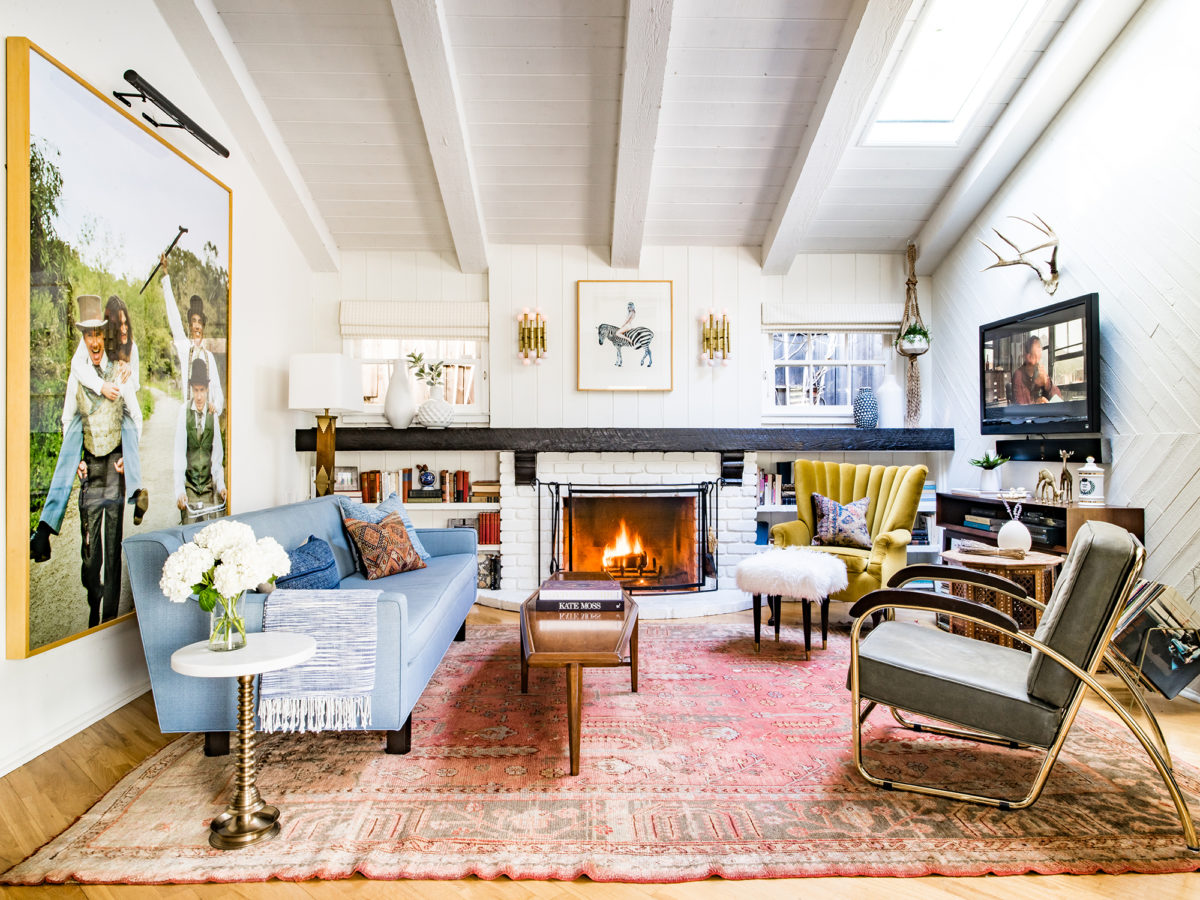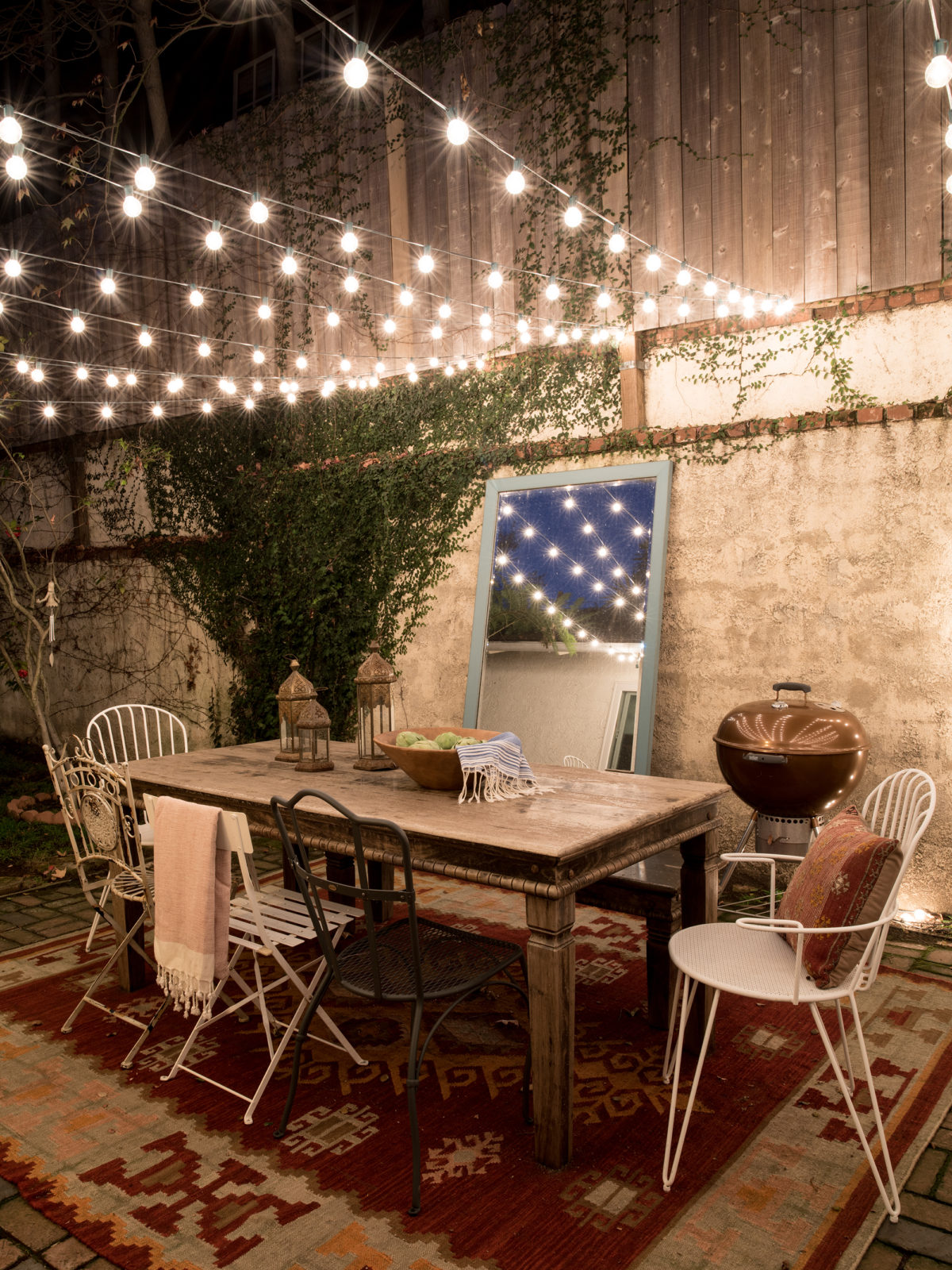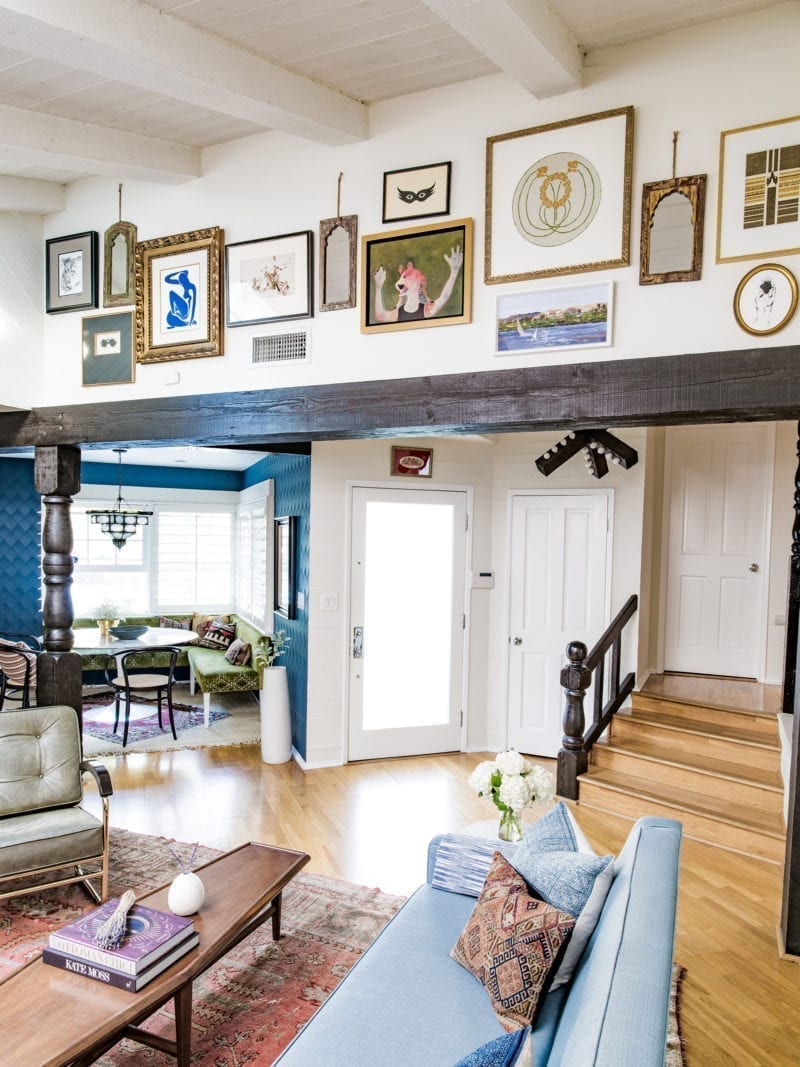It used to be more common that new homeowners wanted a move-in ready space. Besides some new appliances and a quick paint job, nothing about it really changed.
Now everyone watches shows like HGTV’s Fixer Upper and dreams about one day finding their own project. Once you get that home, how do you know where to start?
Fixing up a house is a big job, but anyone can handle it by breaking it down into steps. Follow this practical home renovation guide for whatever projects you want to tackle to stay on schedule and result in your perfect home.
1. Start with necessary projects.
The first thing you should do after you buy a home is to meet with a contractor. Read reviews online to get a feel for the quality of work they’ve completed in the past. Different contractors will take on various roles for a home renovation, so you may have to work with more than one to finish everything.
After you decide on your contractor, talk with them about what needs to be done or didn’t pass the inspection. These should be major, necessary projects like replacing rotting wood panels, removing mold from your home or replacing a broken heating unit.
2. Evaluate spaces by living in them.
It’s tempting to start ripping everything out of your new home, especially if you can live at a secondary location for the project. At the same time, it’s not wise to renovate a place you haven’t spent much time in.
As long as your new home is livable, you should spend a few months in it. Get to know the space intimately. You might find that you’d prefer more storage space in certain areas or need a wall knocked out. It’s better to have an idea of what the majority of your projects will be before you start, rather than begin a new one every other month.

3. Repaint what you can.
Although painting doesn’t require any hammers or nails, it still counts as part of the fixer-upper process. Even if you’re fine with the colors your home came with, repainting makes it feel more like your own space.
Before you start wielding a brush, learn the best painting tips so the job gets done right the first time. Tape the walls to prevent coloring the ceiling or trim, and clean any dirty surfaces so the dried paint bonds with the wall and not the grime.
4. Go back to your budget.
You’ve renovated what needed to be done for your home to be livable. You’ve repainted the rooms and formed a good idea of what you want to change next. Now it’s time to see what you’ve spent and what’s left for future projects.
This is the perfect moment to form your financial boundaries for what comes next. You may want to reserve funds for some projects more than others. If you need roofing work done, hire a professional contractor instead of doing it yourself to prevent future damage. A refreshed budget will make or break your renovation experience.
5. Upcycle large furniture pieces.
During your renovations, you’ll find you have more room to get creative. The hard part is doing so while putting most of your money toward major projects.
That’s where upcycling comes in. You’ll find furniture and decor that warms up your home and makes it feel lived in, without spending big bucks on new pieces that are made to look used. See what you can find in thrift stores and consignment shops so you can use your savings for the more expensive parts of home renovation.

6. Plan future steps.
At this point, you’ll have accomplished a lot, but what comes next? Plan future steps with the help of your contractor. Lay out the specifics of each project so you know what to expect. Prepare yourself for potentially living out of different rooms, going without a full kitchen or having contractors in your home for the next few weeks or months.
7. Consider your stay.
Are you renovating your home because you plan to live in it for the rest of your life, or is there a chance you could sell it one day? It’s important to consider how long you’ll be in your home. That built-in bunk bed for your kids may work for you, but it could make your home harder to sell in the future.
If you think you may end up selling at some point, consider timeless designs. They’ll add more value to your home if they’re something potential buyers would want, rather than something specific that may only appeal to a niche market.
8. Work with your contractor.
Whatever renovation plan you lay out for your home will most likely have to be adjusted as you go along. There are always unexpected changes to be made, so be prepared to be flexible with daily schedules and project estimates. Work with your contractor by keeping them in the loop about your concerns and asking them questions. That will keep everyone on the same page and help your fixer-upper become a finished home.
Have you ever worked on a “fixer-upper”? What are your tips for designing and renovating a home?
Images via Christian Thomas Hynes, Darling Issue No. 16












1 comment
Thank you for the suggestions! Fixing up a fixer-upper in reality is so different from what we see on TV – these tips are a good starting point for us to consider if we are really up to the task! 🙂
–
Charmaine Ng | Architecture & Lifestyle Blog
https://charmainenyw.com